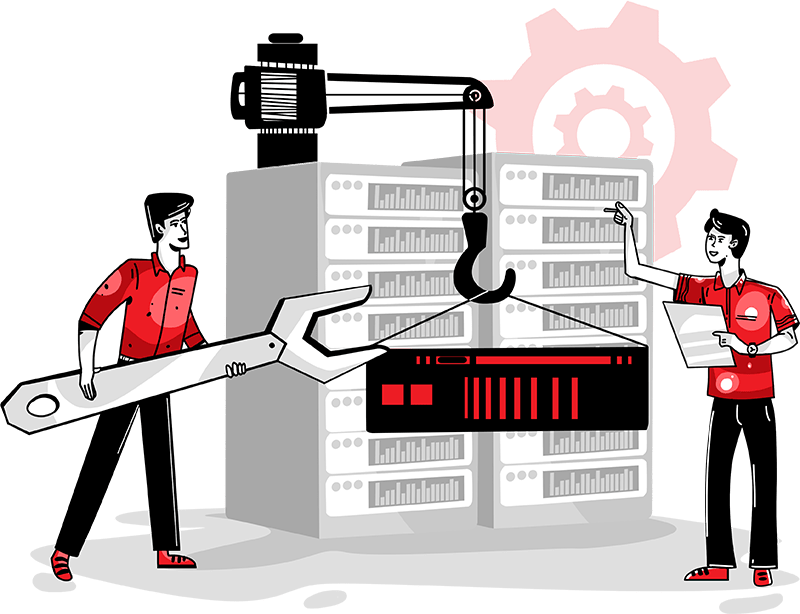



Server maintenance is essential for ensuring the smooth operation of computer systems and networks. It involves tasks such as updating software, installing patches, optimizing performance, and troubleshooting any issues that may arise. Regular maintenance helps prevent downtime, improves security, and enhances overall system reliability.
Diana Host Ltd, a web hosting service provider based in Bangladesh, likely conducts routine server maintenance to ensure optimal performance, security, and reliability of their hosting infrastructure. Such maintenance tasks may include software updates, security patches, hardware checks, and network optimizations. It’s common for hosting companies to schedule maintenance during off-peak hours to minimize disruption to their customers’ websites and online services. If you’re a customer of Diana Host Ltd, it’s advisable to stay informed about scheduled maintenance windows through their communication channels such as email notifications or announcements on their website or client portal.



Subscribe to our mailing list to get instant discount code, don’t worry we hate SPAM!